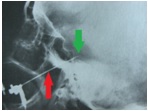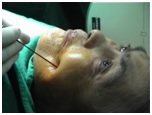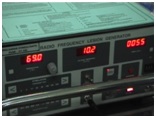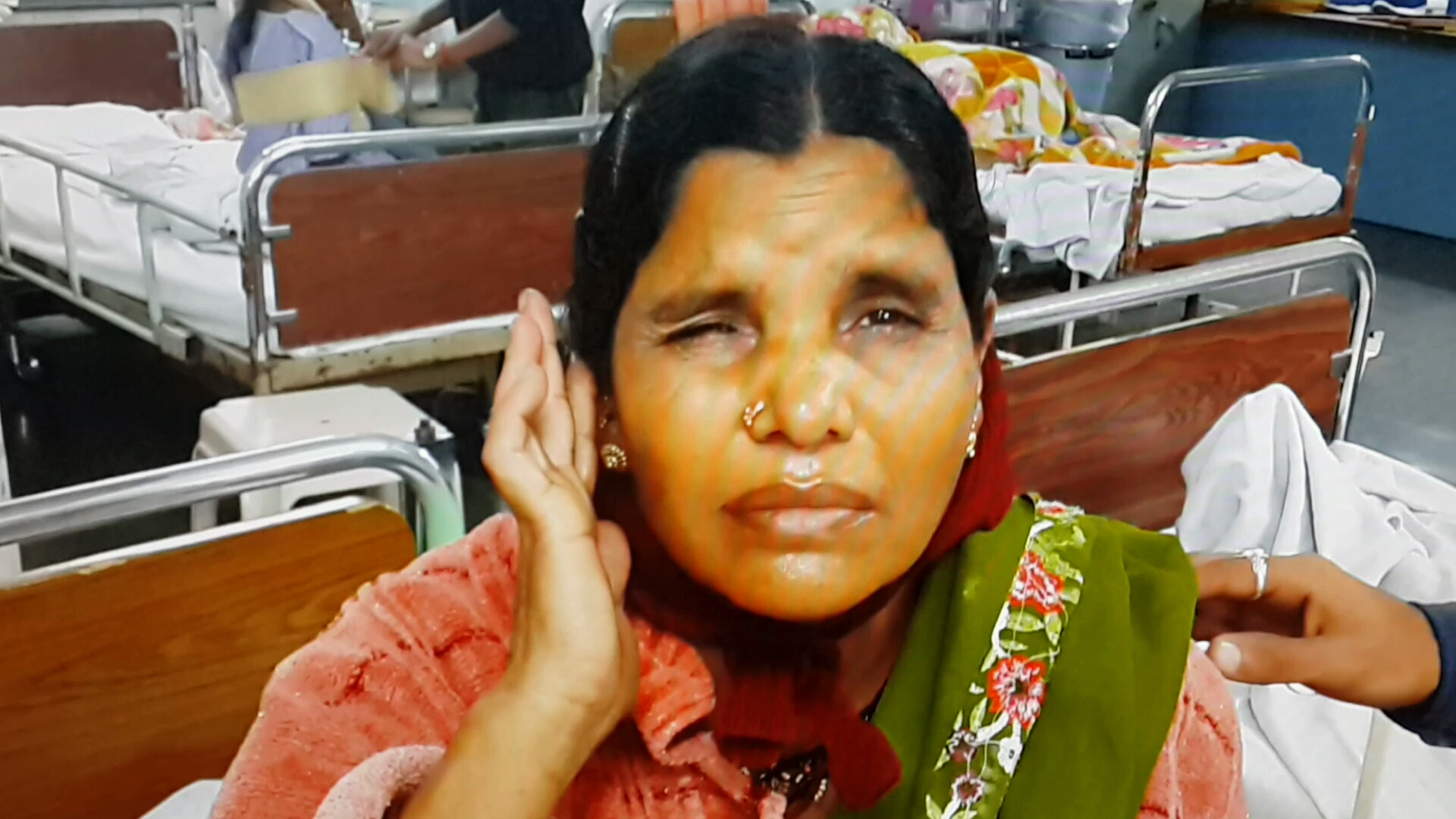Trigeminal Neuralgia – Microvascular Decompression
Microvascular decompression (MVD) surgery is primarily performed to relieve the symptoms of trigeminal neuralgia and hemifacial spasms.
Microvascular decompression (MVD) surgery is primarily performed to relieve the symptoms of trigeminal neuralgia and hemifacial spasms.
If you want to set up an appointment with Dr. Jayadev Panchwagh for brain or spine surgery, or for consultation and expert second opinion, please call:
+ 91 9011333841, 7720948948
Between 9 AM to 5 PM.
This would direct you to his team coordinator or secretary who will call you back.
Alternatively, you can send a mail to brainandspinesurgery60@gmail.com or brainpine66@gmail.com to schedule an appointment.
No. According to Dr. Peter Janetta and his team, who did great work in MVD surgery field in the last century, the efficacy of surgery is higher when done EARLY in the course of the disease. That is, it is prudent not to keep on taking medicines numbing the nerve and the entire nervous system for a long period of time, if you want to increase your chances of being cured. Also, this surgery should be done BEFORE any of the destructive procedures like radiofrequency lesioning (RFL) is attempted. The success rate also is better in the hands of a team which does this surgery routinely. This means that the team which is experienced in this surgery, and does this surgery frequently is likely to give better results.
A common misconception is that this surgery is not for the elderly. On the contrary, to quote Janetta, “this surgery is eminently suitable for the elderly sufferers as the cerebellum is atrophic and the corridor to the nerve wide open for the surgeon.” Our personal experience confirms it emphatically and over half of our patients were elderly.
Radio-Frequency Lesioning (RFL) is another option, though I personally keep it reserved only for the occasional patient who does not benefit from MVD surgery, or who is not fit for this surgery or anaesthesia.
This is because, if RFL is done primarily, the chances of the MVD becoming successful is reduced by more than ten percent. RFL, unlike MVD is a destructive procedure. At first instance, it does seem to be an attractive option to MVD, as it seems a very simple procedure. It is one of the weapons in the armamentarium to treat trigeminal neuralgia no doubt, but it is by no means a simple procedure. It destroys a part of the nerve and has complication rates akin to surgery.
Radiofrequency lesioning of the trigeminal nerve is done at the trigeminal ganglion. The Trigeminal ganglion is a small pea-sized nubbin of nerve tissue present in the middle of the skull base from where the three divisions of the trigeminal nerve branch out. These divisions travel forward under the brain in the skull.
To perform the technique of RFL, a thin long needle is inserted through the cheek towards the ganglion through an opening in the base of the skull. This procedure is done under local anaesthesia; and during the actual lesioning, a small dose of general anaesthetic or sedative may be given. A machine that can shoot X –rays continuously (C-arm) is used to direct the needle to its proper position through the ‘foramen ovale’ which is a small hole at the base of the skull. Once the needle is appropriately positioned, the pain is elicited and confirmed. Then, the needle is connected to the RFL machine. The machine then transmits radiofrequency waves through the needle to its tip. These waves generate heat and destroy the nerve fibers that are responsible for causing the pain.




Trigeminal Neuralgia is a very painful malady and can cause severe suffering. Microvascular decompression…Read more
Trigeminal Neuralgia Pain attack: How does it appear and how is it relieved? In this video-interview,…Read more

Dr Jaydev Panchawagh is a top neurosurgeon (brain and spine surgeon) in Pune, Maharashtra state in India….Read more